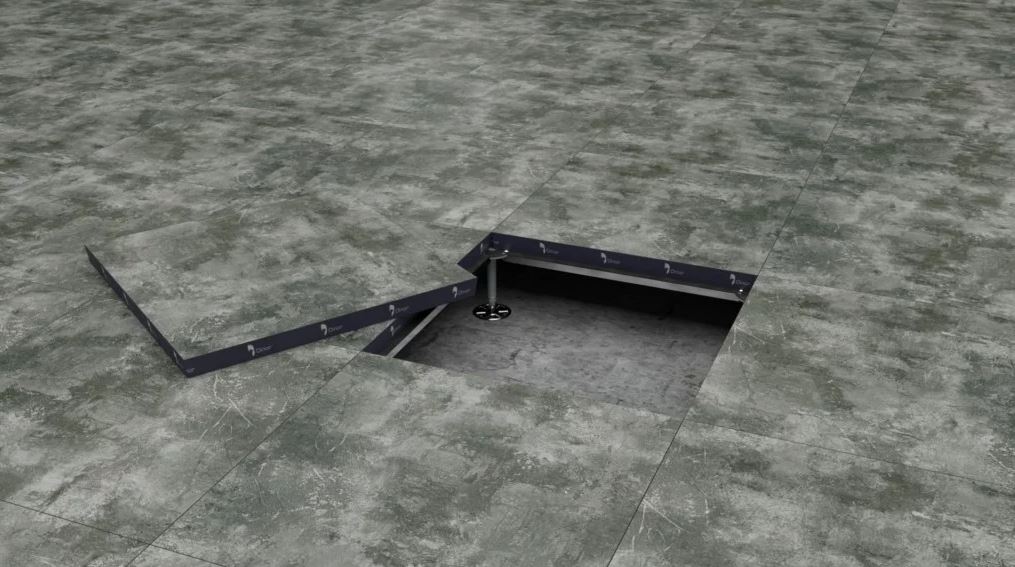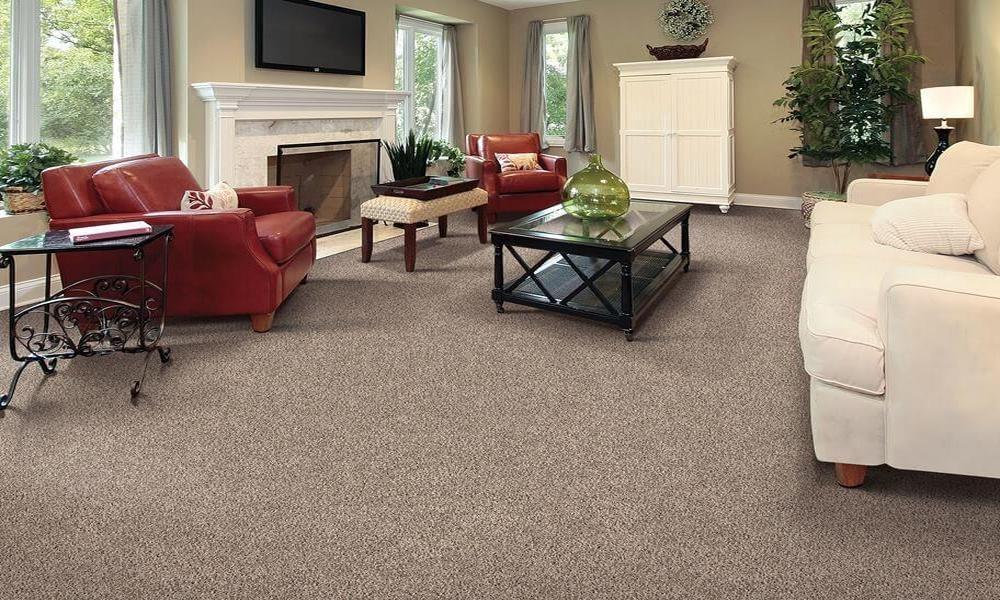- Stringer and Plank Raised Flooring System: This type of Raised flooring system is commonly seen in offices and data centers. It consists of steel stringers that are attached to concrete footings and are covered with plywood, chipboard, or metal panels. The panels are then covered with a carpet or vinyl tile finish.
- Pedestal Raised Flooring System: This type of raised flooring system is typically used in areas where there is a need for frequent reconfiguration. It consists of steel is adjustable in height and is covered with plywood, chipboard, or metal panels. The panels are then covered with a carpet or vinyl tile finish.
- Decking Panel Raised Flooring System: This type of raised flooring system is ideal for areas that require frequent reconfiguration. It consists of metal or plastic palettes supported by steel beams or joists and is covered with plywood, chipboard, or metal panels. The panels are then covered with a carpet or vinyl tile finish.
- Grated Raised Flooring System: This type of raised flooring system is often used in areas that require frequent reconfiguration. It consists of metal grates that are supported by steel beams or joists and are covered with plywood, chipboard, or metal panels. The panels are then covered with a carpet or vinyl tile finish.
Benefits of Installing a Raised Floor
- Improved air circulation: Installing a raised floor allows for improved air circulation and ventilation, allowing for a cooler and more comfortable working environment for employees.
- Increased space: A raised floor also allows for more space, allowing for extra storage, flexible design options, and easier access to wiring and other components.
- Reduced noise: Installing a raised floor helps to reduce noise levels in the workplace, creating a more productive working environment.
- Improved safety: Raised floors also provide an extra layer of safety, as they can help to prevent trip and fall injuries.
- Increased accessibility: Raised floors can also aid in providing better accessibility to those in wheelchairs, as it allows them to easily access different areas of the office.
Things to Consider When Installing a Raised Floor
Ground surface: Consider the surface of the ground on which you’ll be installing the raised floor. Make sure it is level and sturdy enough to support the floor.
Floor height: Determine the height of the floor to make sure it is comfortable for the people who will be using it.
Floor-type: Choose the type of floor you want to install. There are various types of raised floors available, such as wood, laminate, carpet, vinyl, and composite.
Flooring material: Select the material you want to use for the flooring. Make sure it is durable and can withstand the wear and tear of everyday use.
Floor supports: Make sure the supports are strong enough to hold the floor in place. Consider using adjustable legs or concrete blocks for extra support.
Floor installation: Have a professional install the floor to ensure it is done correctly. This will also help ensure the floor is even and level.




